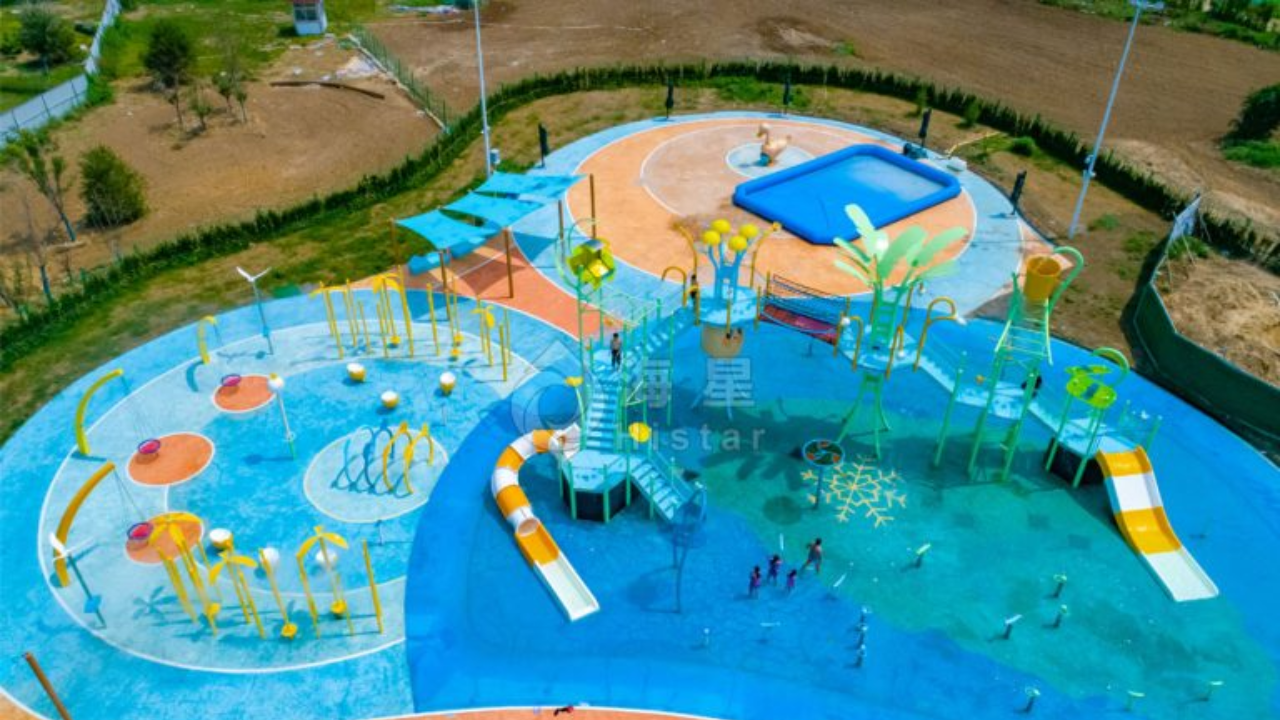In the entertainment and tourism industries, water parks have increasingly become a top choice for investor dollars, drawing families and groups as a result of unique, water-based attractions. Nevertheless, the path to reality from the idea is complex and costly, even for small to medium-sized water parks. In this article, we will break down the main expenses to be budgeted for building a water park so that investors will know what needs to be carefully budgeted.
Site Selection and Site Fees Importance
The selection of location is one of the most influential factors for water park cost. Due to land demand, land purchase or leasing costs can be more expensive in urban sites, while rural sites can be more affordable. But cost is just one part of the equation: location choice also affects accessibility, visibility and compliance with zoning laws and environmental regulations. Conversely, urban parks can have a larger customer base but come with higher initial and operational investments. In addition, preliminary development expenses, which include surveying, permits, and environmental considerations, have a considerable impact on the budget.
Civil Construction Expenses: Water Park Foundation
Civil construction is an integral part that constitutes a big part of the total investment of any waterpark project. This phase includes major infrastructure work such as excavation, plumbing, and erecting foundational structures to support heavy equipment and large amounts of water. Waterproofing plays a vital role and prevents water leakage in the construction, which helps it last longer. Investment in reliable building materials, safety codes, and measures of structural integrity are other factors. Altogether, civil construction usually consumes about half of the total budget for a water park and emphasizes its essence in a successful water park project.
Equipment Manufacturing and Installation Costs
The amount and quality of water play equipment accounts notably for the overall cost of building a water park. This equipment, including slides, splash pads and water playgrounds, must be carefully selected according to budget, park design and age group targeted. The cost to manufacture a water play piece can vary based on material, design complexity and level of customization. More expensive slides, such as elaborate slides and interactive elements, can add to the cost of your splash structure, whereas basic splash structures may come at a lower price. Both civil construction and installation are also very expensive, with the latter requiring skilled labor to align each component with the layout of the water park. This expense is crucial because it contributes to both the long-term appeal and safety of the park, playing a role in the quality of equipment and precision of installation.
Water Management and Maintenance Systems
However, in order to operate efficiently and provide safe conditions for visitors, water parks require complex water management and maintenance systems. In addition to pumps, filters, and temperature control systems, water quality control and a comfortable environment for guests are essential to the operation of the facility. Costs for equipment purchases and energy-efficient technology are involved in setting up these systems. Implementing sustainable water and temperature control systems reduces waste and operating costs and, therefore, generates long-term savings. Installation does not cover the cost of the expenses, which are maintained by regular maintenance such as water remaining clean and safe. Maintaining these systems requires filters, cleaning chemicals, and scheduled inspections and costs additional to the overall operational budget.
Post-construction Operational and Management Costs
After that, ongoing expenses become operational and management costs. Some of these include staffing, licensing, utilities (water and electricity), and business insurance. One significant cost is in staffing, particularly to cover the expenses of lifeguards, maintenance personnel and customer service people. Not to mention marketing and strategic planning are key to attracting visitors and keeping a steady revenue. Seasonality will have an impact on operational costs, and even staffing and resources may have to be increased to levels that exceed base. Water parks may adjust operation or, at times, close down for the period of off-peak seasons to cut down on costs. It makes sense since these seasonal changes play a vital role in understanding the whole year's budget planning.
Conclusion
Building a water park can be an overwhelming process with many essential components that you should consider and plan accordingly. Much of the budget goes toward site selection, civil construction, equipment manufacturing, water management systems, and operational expenses. Understanding how these factors influence the investment process can help investors make educated decisions to create a solid and thorough budget. The first step in ‘how to build a profitable water park’ is strategic planning and budgeting.


